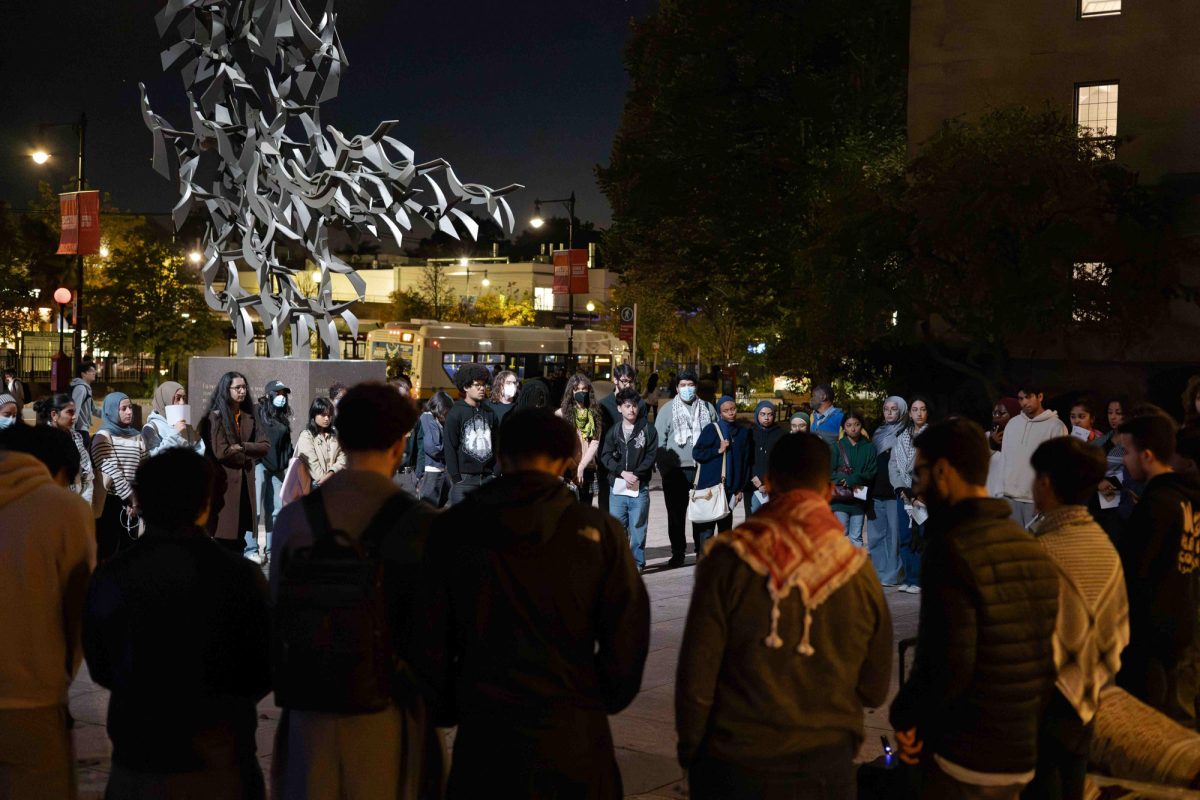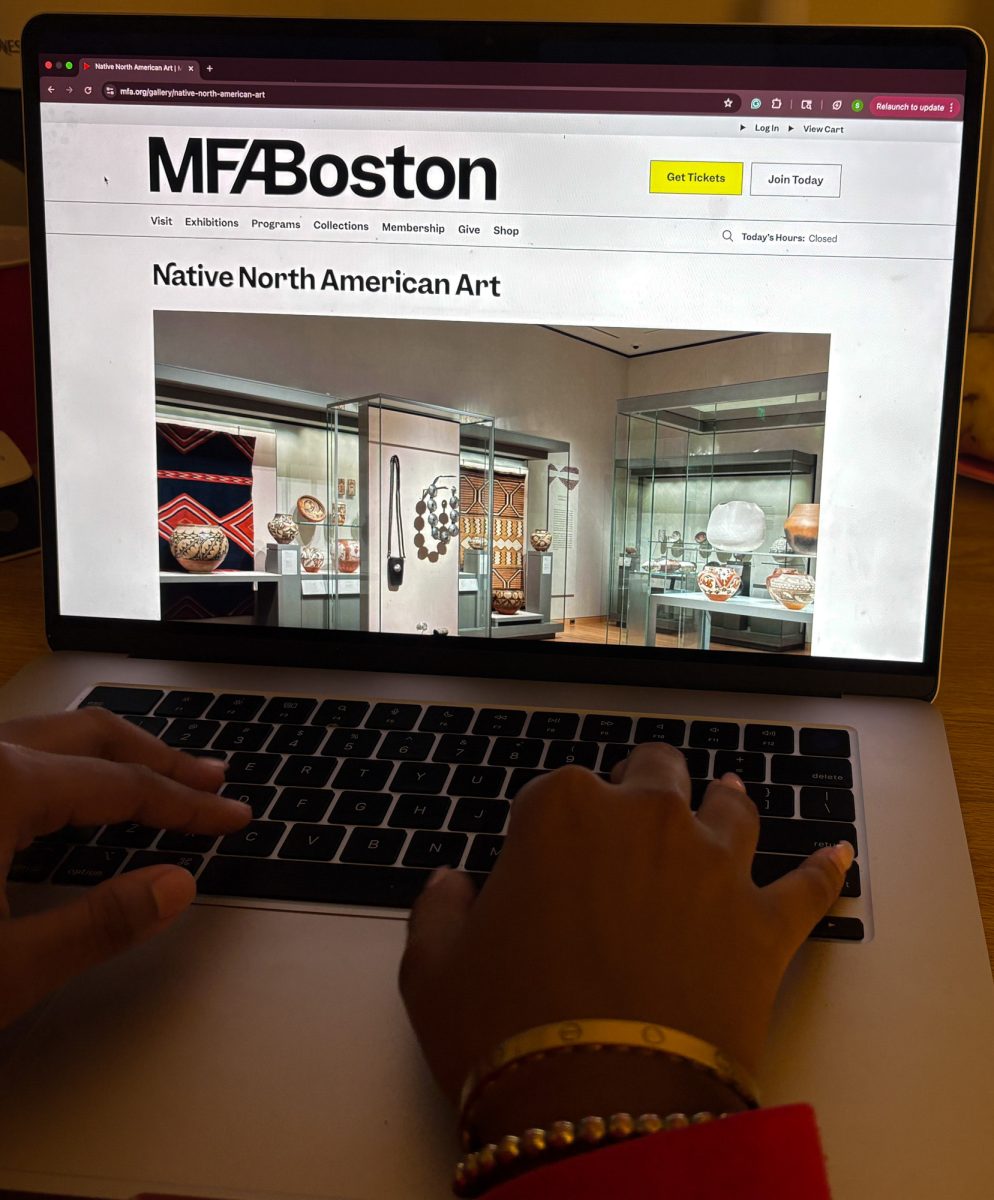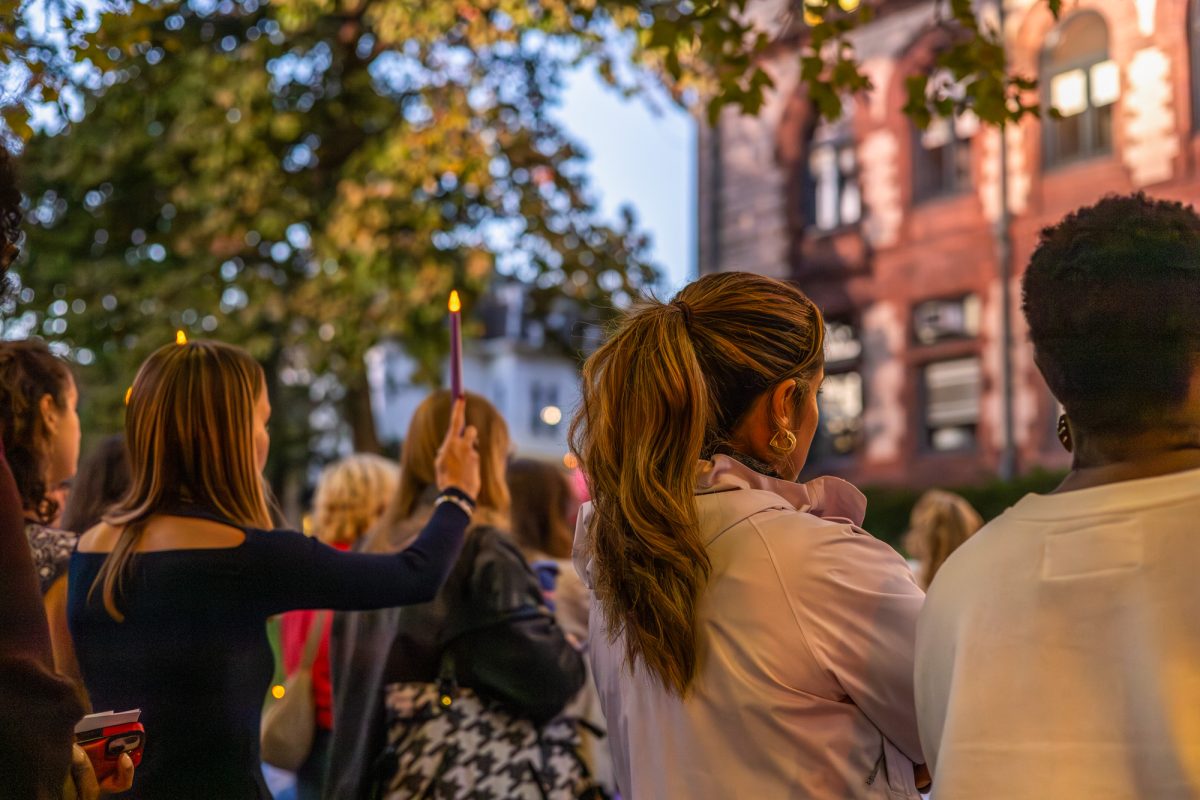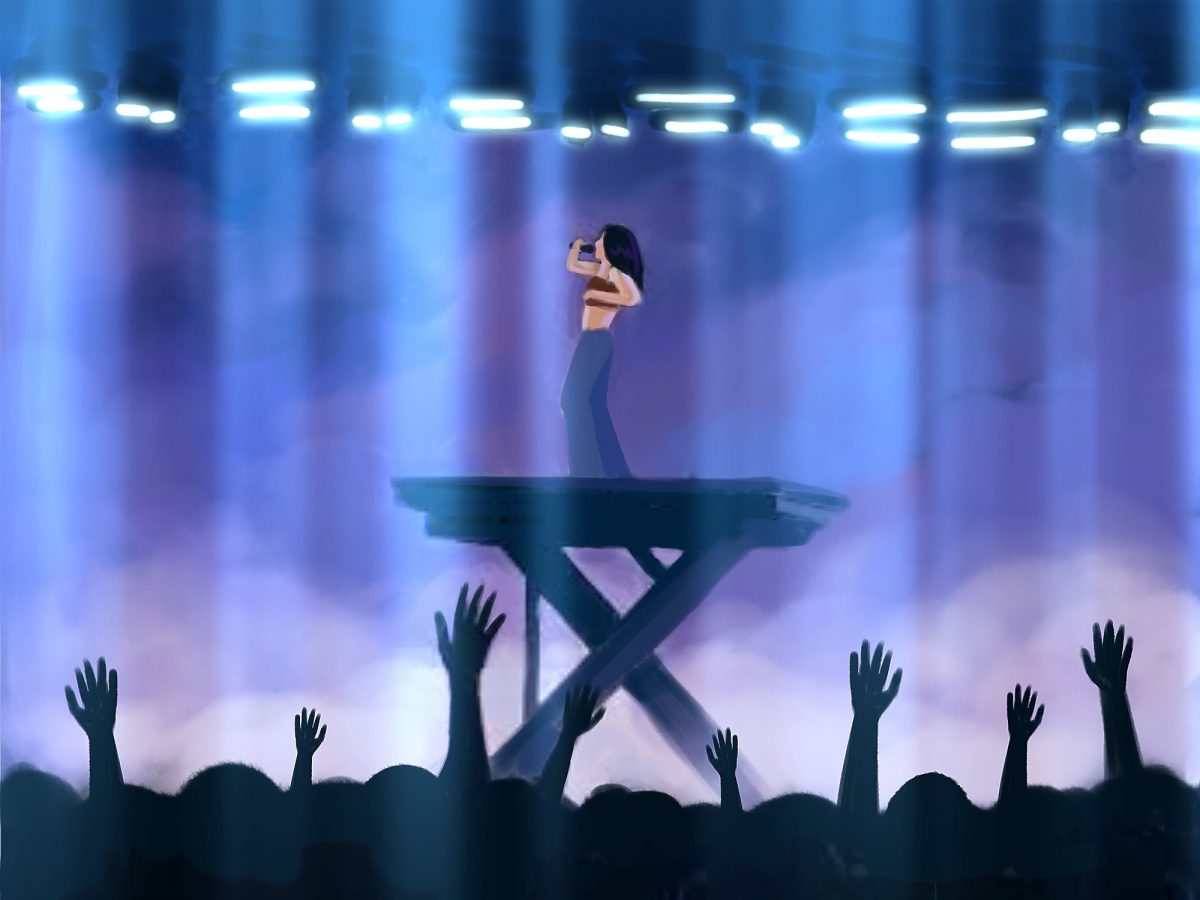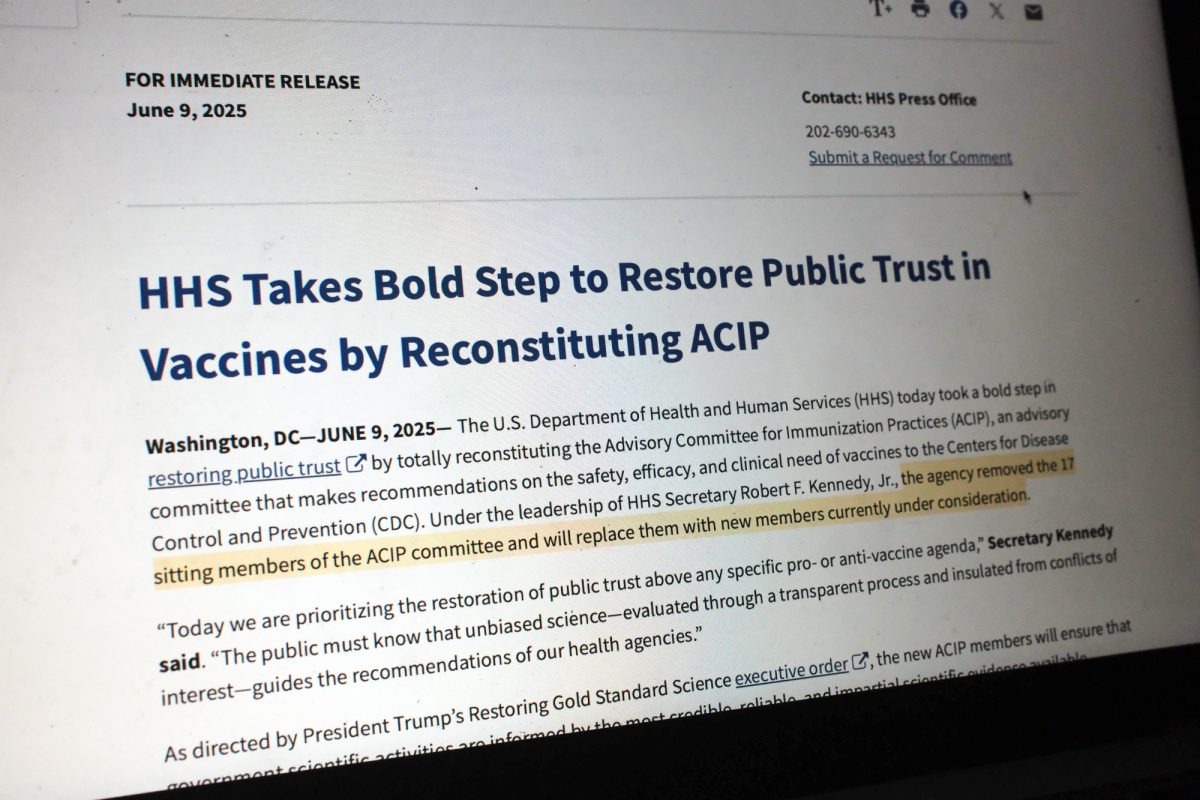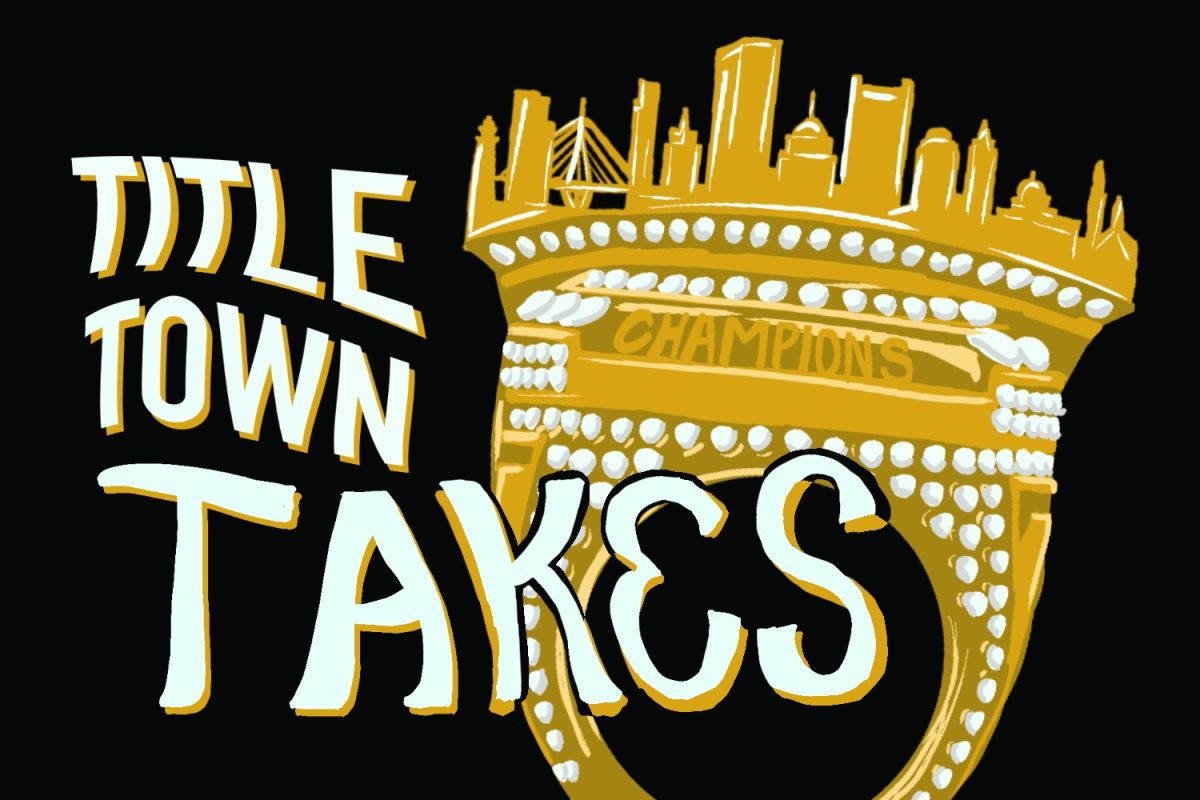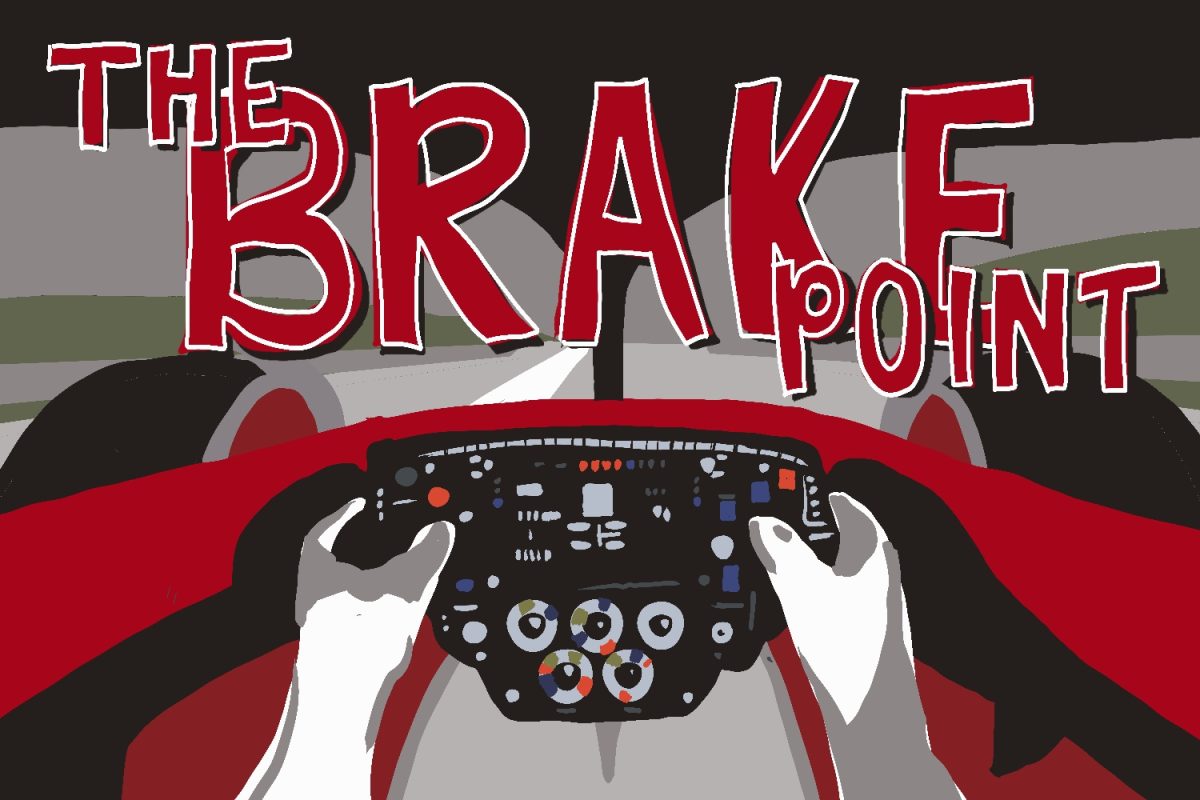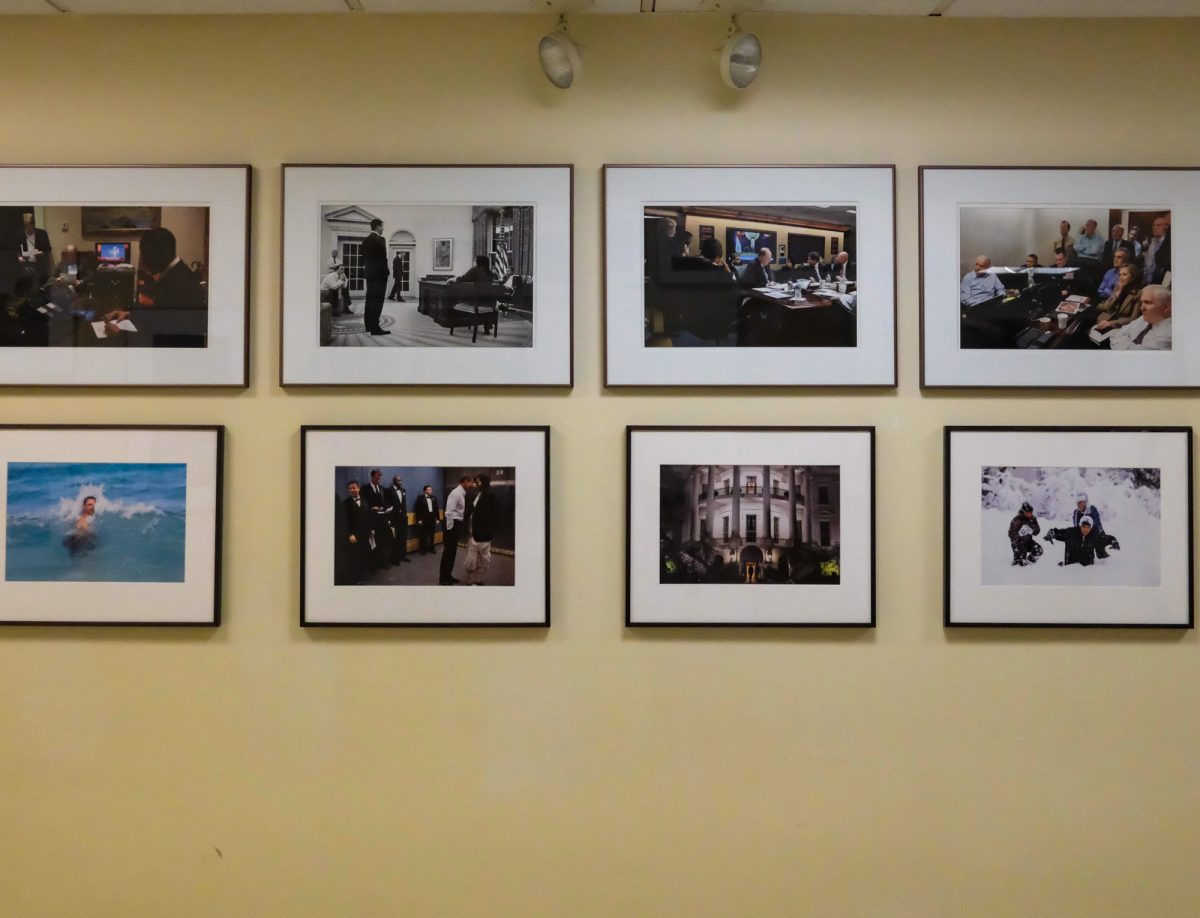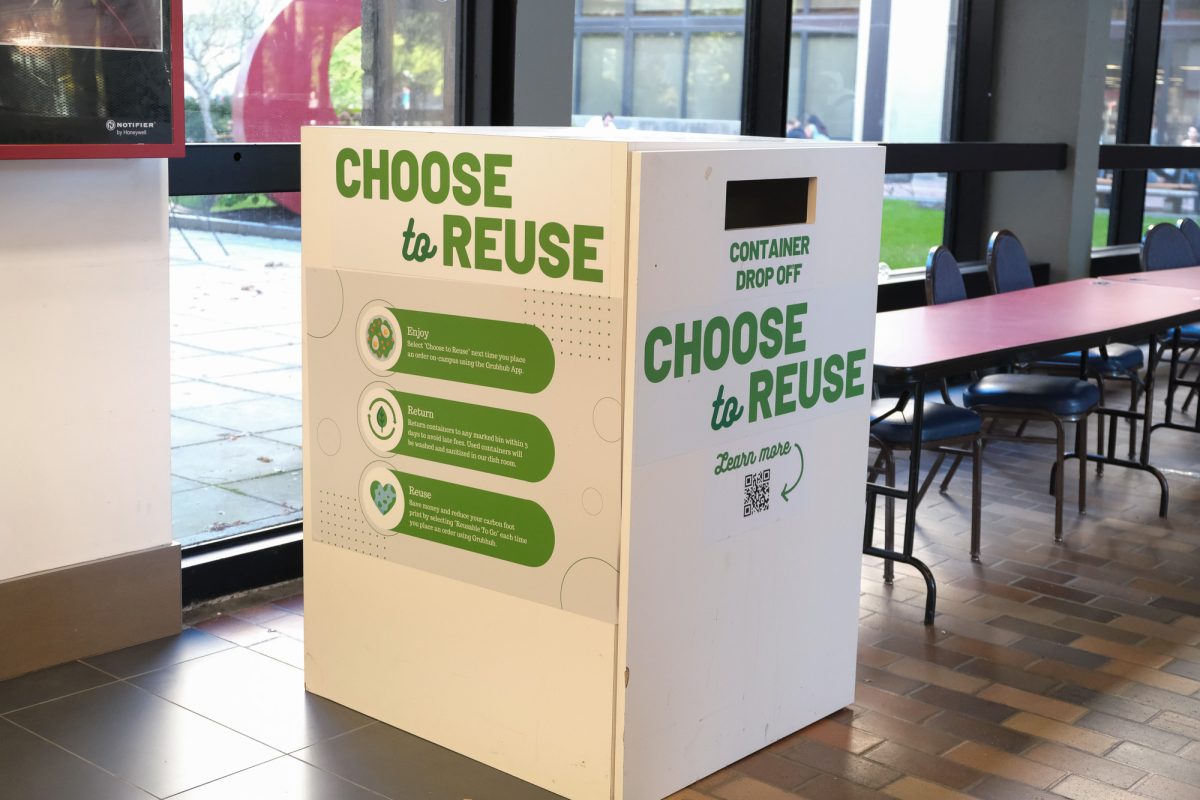
After a night of heavy drinking, people can now estimate how drunk they are based on their eye movement with the touch of a smartphone.
BreathalEyes, an application available on the iTunes app store for $.99, is an application that measures eye movement and calculates blood alcohol content, according to its website.
The application measures the horizontal gaze nystagmus, an involuntary oscillation of the eyes that is associated with alcohol consumption, said Russell Ries Jr., president of Xplor Corps LLC, the company that created BreathalEyes.
“Essentially, the application take a series of images of the eye as it looks toward the outside of the face,” Ries said. “Then, software interprets the data by looking at the pupil and looks at the rate of motion. If it finds any, it will take that rate and estimate and approximate your blood alcohol level . . . to a range of .02.”
Ries said the data comes from more than 40 years of research on the horizontal gaze nystagmus.
While the eye movement can be done sober to produce a false positive, the application was created with the intention that people using it have been drinking, Ries said.
While some might not consider an application that calculates intoxication ethical, Ries said he believes the application is ethical. BreathalEyes is “just trying to give people information” when figuring out sobriety levels, Ries said.
“At no point does the app say, ‘Yes you should drive. No you shouldn’t,’ ” Ries said. “I’m not sure how much more different it would be for a person to go to their friend and say, ‘Hey you’re drunk.’ If you told your friend, ‘You’re drunk,’ would you think that’s unethical?”
Although the website states the application is only for “entertainment purposes,” Ries said this distinction was for legal reasons. As a downloadable application, Ries said he feels as if he has “offered a reasonable solution to get people thinking and talking.”
“What we’re offering cannot be considered an official law enforcement tool,” Ries said. “It can, however, be considered something for use in private lives that can give you as good estimation of your blood alcohol level.”
Boston University Police Department Chief Thomas Robbins said that while he was not familiar with the application, his advice was that “students over the age of 21 should drink responsibly and not rely on devices.”
Nadine Mansour, a College of Communication freshman, said she would not rely heavily on the application, but instead use it for fun. She said she feels confident that most people would be able to tell how intoxicated they are without an application.
“It seems that when accidents while intoxicated happen, the person is not really aware that they are that drunk,” Mansour said. “I doubt that these kinds of people would whip out an app to determine their intoxication level.”
College of Arts and Sciences freshman Helen Chen said students would not use the app because it is too much of a hassle, although people will likely test it out for fun.
While she said the app does not seem reliable based on what she knows so far, she said she does think the app is ethical.
“If the app is being promoted by a ton of users for its reliability or its entertaining level, then people will definitely use it,” Chen said.
Some people will use it to determine if they can drive or not, she said.
“The app doesn’t tell you, ‘you only drank a little, so it’s okay for you to drive,’” Chen said. “It doesn’t influence a person to do something immoral, like driving under the influence.”
Ries also said they “suggest to people that they be responsible with it.”
“My hope is that if we can reach one person, if this app can help one person make a smarter decision, I think we’ve succeeded,” Ries said. “Everybody’s life is precious. When they drink, they make stupid decisions. I know people who have died from those decisions. If we can help one person make one better decision, I think we’ve won.”







